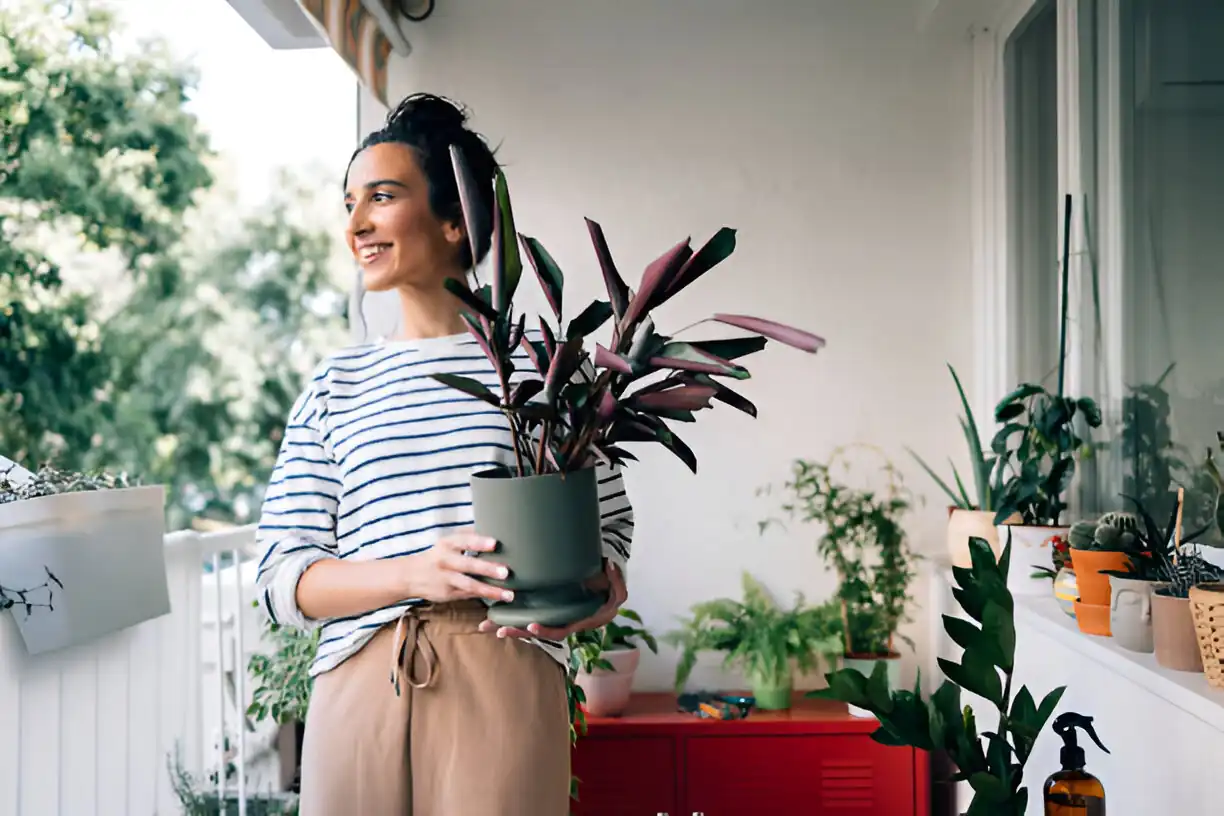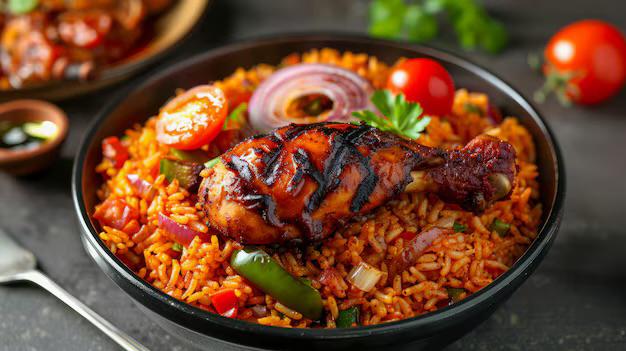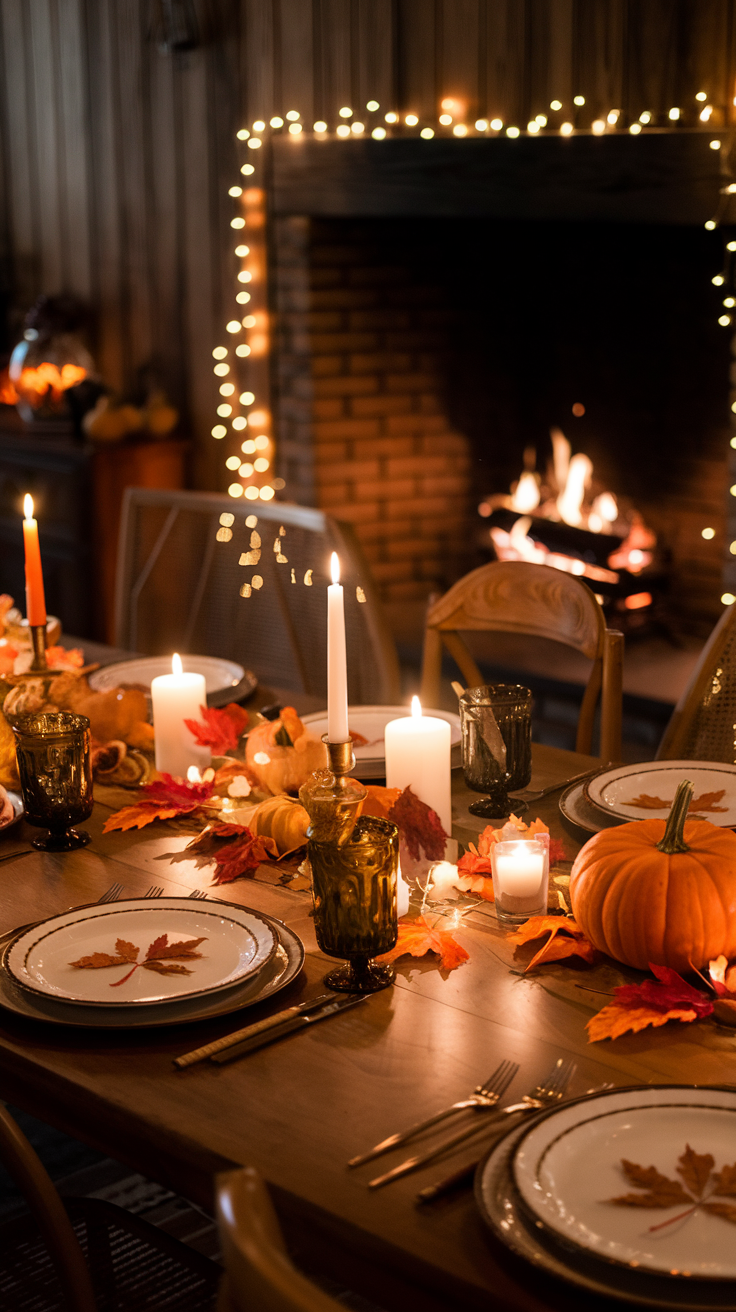Container gardening is a fantastic way to start your gardening journey, especially if you’re short on space or new to the world of plants. With the right approach, you can grow everything from flowers and herbs to vegetables and small trees in containers. This beginner’s guide will walk you through the basics of container gardening, helping you cultivate your green thumb no matter where you live.
Choosing the Right Containers
The first step in container gardening is selecting the right containers. You can use almost anything as a planter, from traditional terracotta pots to repurposed items like buckets or wooden crates. The key is to ensure your containers have drainage holes to prevent water from sitting at the bottom, which can lead to root rot. Additionally, consider the size of your plants—larger plants need more space for their roots, so choose a container that’s appropriately sized.
Selecting the Right Soil
Unlike in-ground gardening, where soil is naturally present, container gardening requires you to select and manage your soil carefully. Use a high-quality potting mix, which is specifically designed for containers. Potting mixes are usually lighter and well-aerated, helping to prevent compaction and ensuring that your plants’ roots have access to oxygen. You can also add compost or organic matter to enrich the soil, providing essential nutrients for healthy plant growth.
Choosing the Right Plants
Not all plants are suitable for container gardening, so it’s important to choose varieties that will thrive in pots. Some great options for beginners include herbs like basil, mint, and rosemary, as well as vegetables like tomatoes, peppers, and lettuce. If you’re looking to add some color, consider flowering plants like petunias, marigolds, or geraniums. When selecting plants, also consider their sunlight requirements—place sun-loving plants in bright locations and shade-tolerant plants in areas with less direct light.
Watering and Maintenance
One of the most critical aspects of container gardening is proper watering. Containers tend to dry out faster than garden beds, so regular watering is essential. Check the soil moisture daily by sticking your finger an inch into the soil—if it feels dry, it’s time to water. However, be careful not to overwater, as this can lead to root rot. In addition to watering, you’ll need to fertilize your plants regularly, as nutrients in container soil can be quickly depleted. Use a balanced, water-soluble fertilizer every few weeks during the growing season.
Seasonal Considerations
Container gardening is flexible and can be adjusted for different seasons. In the spring and summer, you can grow a wide variety of plants, but as the weather cools, you may need to bring your containers indoors or switch to cold-tolerant varieties. If you bring plants indoors, make sure they receive enough light, either from a sunny window or a grow light.
By following these basic guidelines, you can create a thriving container garden, even if you have limited space or experience. Container gardening offers a manageable way to enjoy the beauty and benefits of gardening, whether you’re growing fresh herbs for your kitchen or bright flowers to adorn your balcony.


